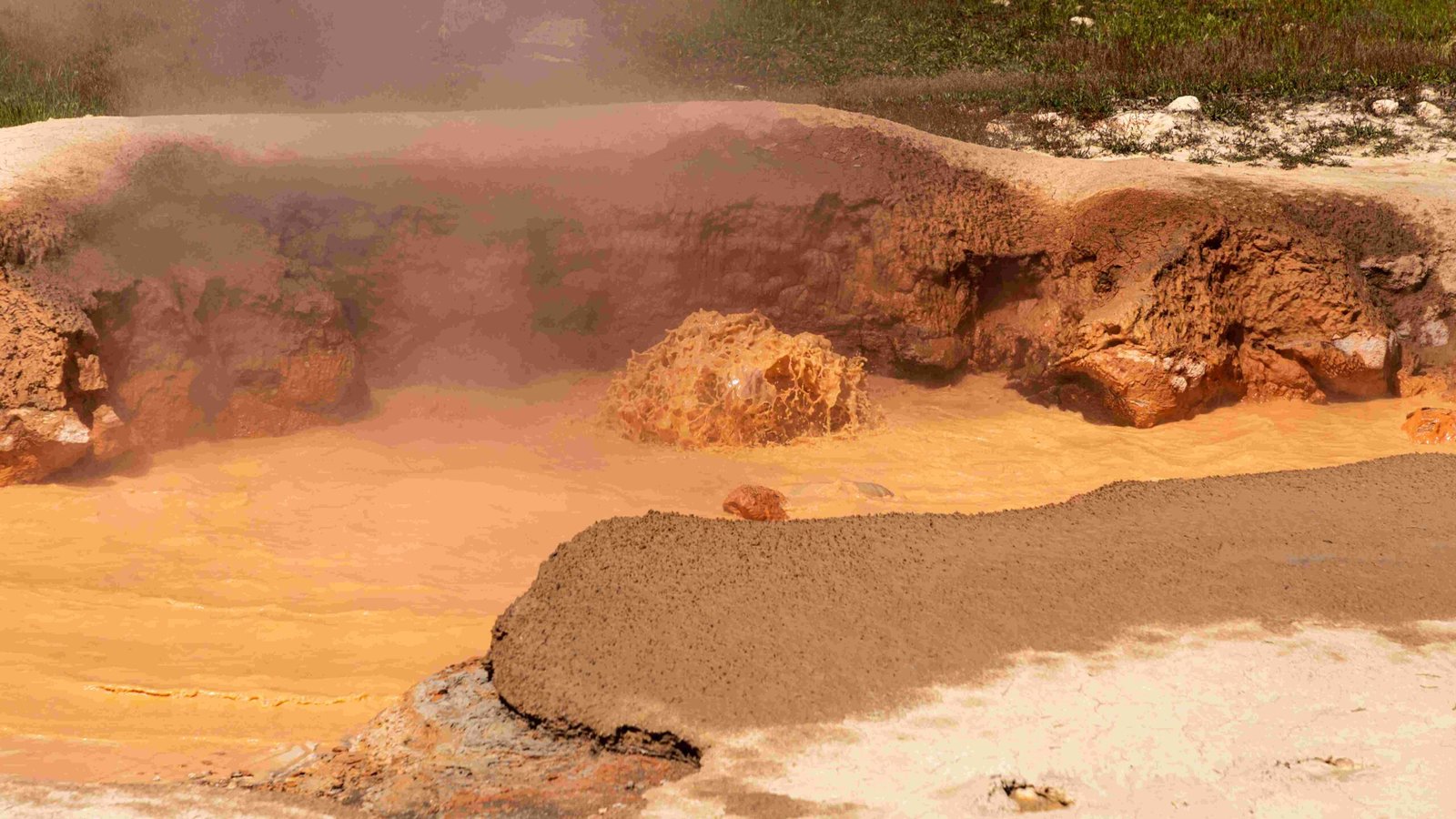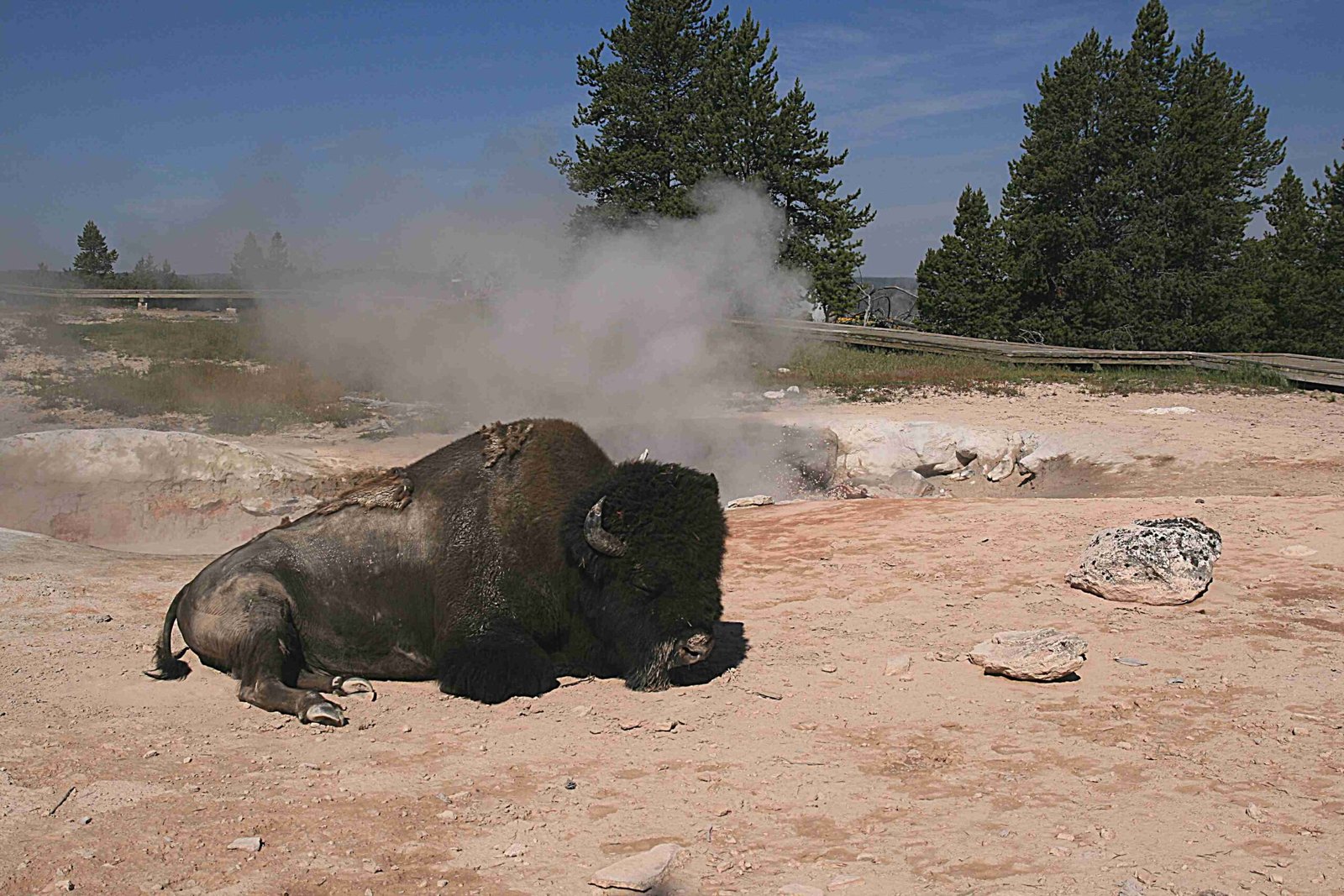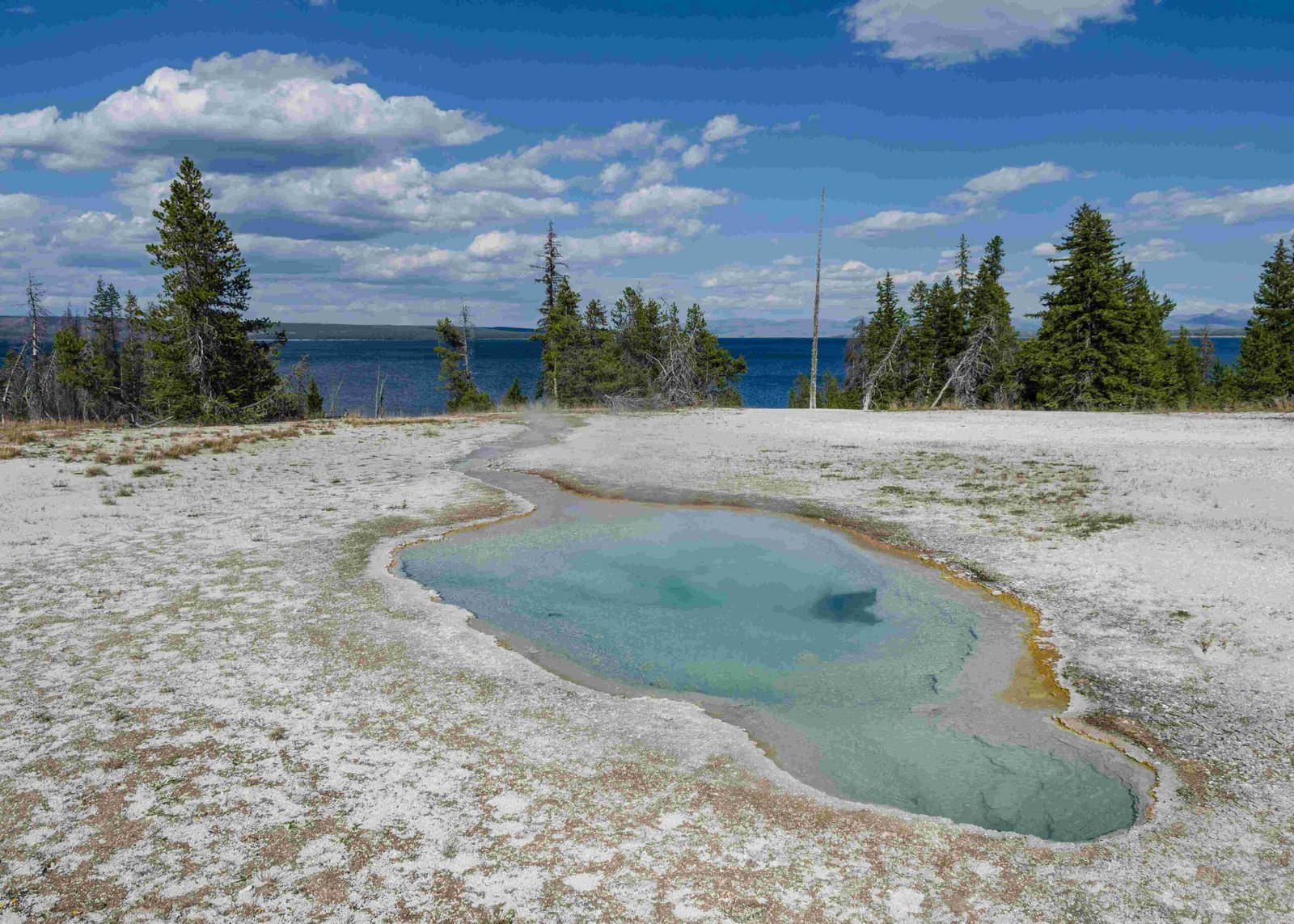Yellowstone National Park’s wolf population has faced various challenges since their reintroduction in 1995. Despite natural and human-induced mortalities, the wolf population has shown resilience. In 2023, several wolves were killed due to hunting, poaching, and natural causes. However, the overall population remains stable, with approximately 124 wolves in 11 packs as of December 2023. This article explores the current statistics, impact on the ecosystem, hunting regulations, and causes of wolf mortalities in Yellowstone National Park.
How Many Wolves Currently Inhabit Yellowstone National Park?

As of December 2023, Yellowstone National Park is home to approximately 124 wolves, organized into 11 packs with six breeding pairs. This represents a slight increase from previous years, despite hunting and other mortalities outside the park. The wolf population in Yellowstone has shown resilience over the past few years:
- In 2022, there was an 11% year-over-year increase, with 108 more wolves, bringing the total to around 140 individuals.
- By the end of 2023, the population was assessed at 124 wolves in 11 packs.
Historical Population Trends
Since the reintroduction of wolves in 1995, the population has fluctuated:
- Peak population: 174 wolves in 2003
- Range since 2009: Between 83 and 123 animals
- Current status: Generally stable population
What Impact Do Wolves Have on Yellowstone’s Ecosystem?

Wolves play a crucial role in Yellowstone’s ecosystem, primarily affecting prey species such as elk, bison, and deer. Their presence has led to significant changes in the park’s ecological dynamics.
Predation Statistics for 2023
In 2023, wolves were responsible for killing 55 ungulates, including:
- 25 elk
- 14 bison
- 10 deer
- 3 moose
- 1 bighorn sheep
- 2 ungulates of undetermined species
Ecological Changes
The presence of wolves has been linked to changes in elk behavior and population dynamics, which in turn can affect vegetation. While specific quantifiable data on vegetation changes is not provided in the sources, ecological studies have documented that wolf predation can lead to a trophic cascade, influencing vegetation through reduced elk grazing.
What Are the Current Wolf Hunting Regulations Near Yellowstone?
Wolf hunting regulations in areas surrounding Yellowstone National Park have been a subject of ongoing debate and adjustment. Here’s an overview of the current regulations:
Montana Hunting Regulations
- General hunting season: September through March
- 2023-2024 season total wolf harvest: 286 wolves (increase from previous season)
- Proposed 2024/2025 total wolf harvest quota: 334 wolves (up from 313 in 2023)
Wyoming Hunting Regulations
For the 2024 hunting season, the Wyoming Game and Fish Department will allow up to 16 wolves to be killed in hunting units that border the park, which is three fewer than were allowed in 2023.
Recent Regulatory Changes
Yellowstone Superintendent Cam Sholly has requested changes to Montana’s wolf hunting units to reduce the impact on park packs. Proposals include:
- Breaking up one of the wolf hunting units
- Reducing the quota in specific units bordering the park
What Are the Main Causes of Wolf Mortalities in Yellowstone?
Wolf mortalities in Yellowstone National Park can be attributed to both natural and human-induced causes. Here’s a breakdown of the main causes of wolf deaths in 2023:
Human-Induced Mortalities
- Legal hunting and trapping:
- 8 wolves legally hunted or trapped in Montana
- Poaching:
- 1 wolf confirmed poached
- Suspected gunshot wounds:
- 2 wolves died from suspected gunshot wounds
Natural Mortalities
- Inter-pack conflicts:
- 3 wolves killed in conflicts between packs
- Hunting injuries:
- 2 wolves died from injuries sustained while hunting large ungulates
How Do Wolf Mortalities Affect Pack Dynamics?
The loss of wolves, particularly alpha individuals, can have significant impacts on pack dynamics and overall population stability. Here are some key points to consider:
- Leadership changes: Loss of alpha wolves can lead to restructuring within packs
- Breeding disruption: Death of breeding pairs may result in reduced reproduction rates
- Territorial shifts: Pack losses can cause changes in territory boundaries and inter-pack relationships
- Population fluctuations: Significant mortalities can lead to short-term population declines
What Measures Are Being Taken to Protect Yellowstone’s Wolves?
Several measures are being implemented to protect Yellowstone’s wolf population:
- Ongoing monitoring: The Yellowstone Wolf Project conducts annual surveys and produces detailed reports on wolf population dynamics
- Regulatory adjustments: Park officials work with state wildlife agencies to adjust hunting quotas and regulations in areas bordering the park
- Public education: Efforts to increase awareness about the ecological importance of wolves and the impact of human activities on their population
- Collaborative research: Partnerships with universities and research institutions to study wolf behavior, ecology, and population dynamics
By implementing these measures, park officials and conservationists aim to maintain a healthy and stable wolf population in Yellowstone National Park, balancing ecological needs with human activities in surrounding areas.

